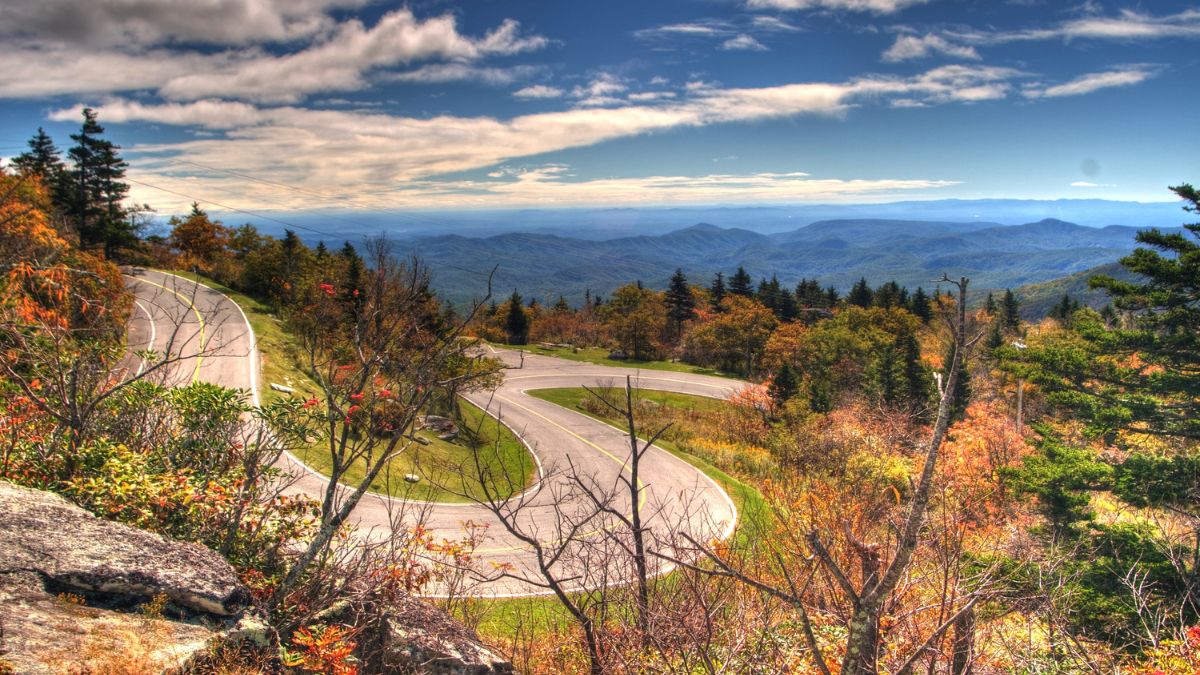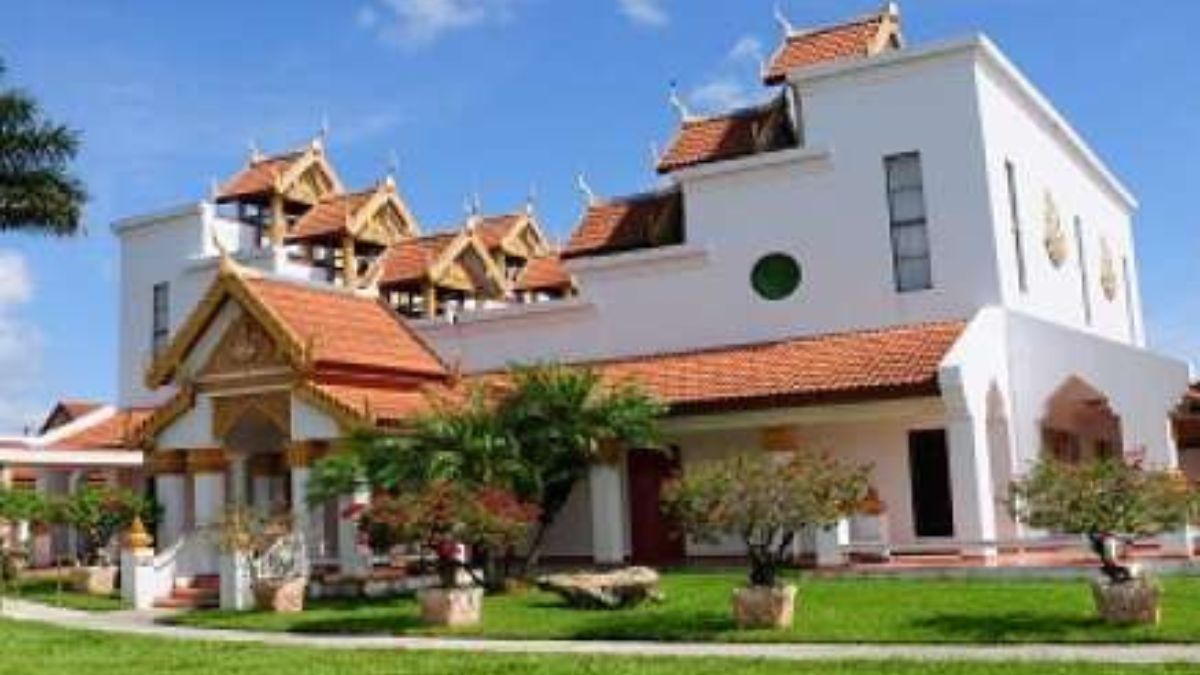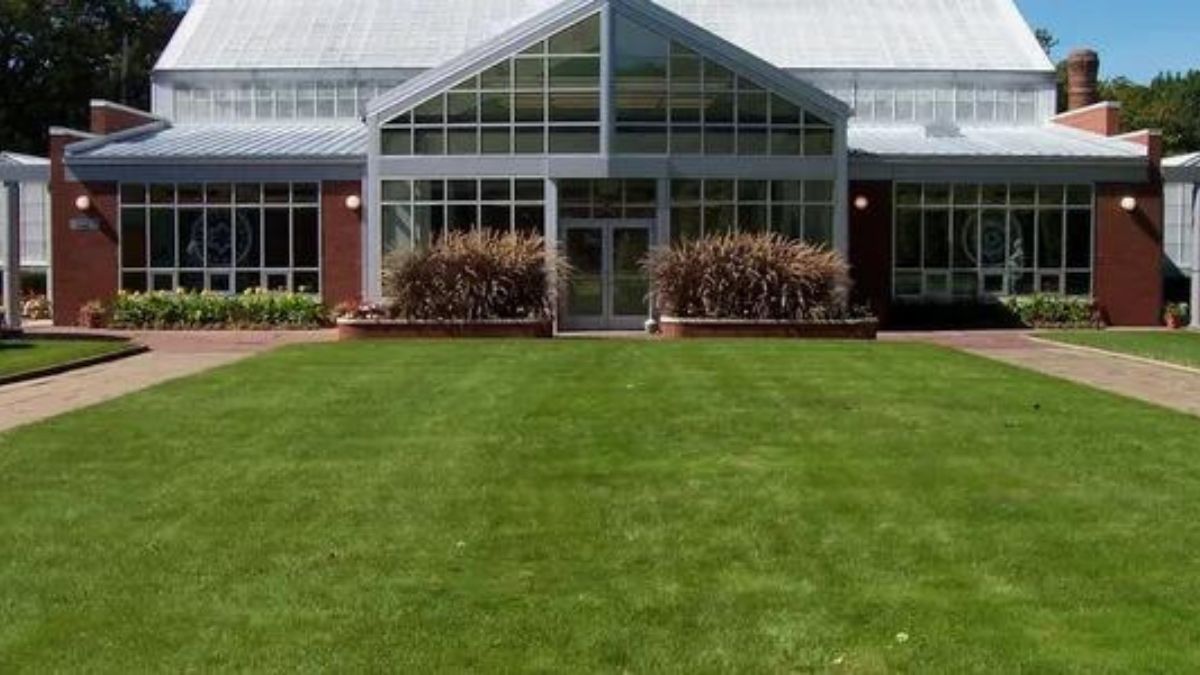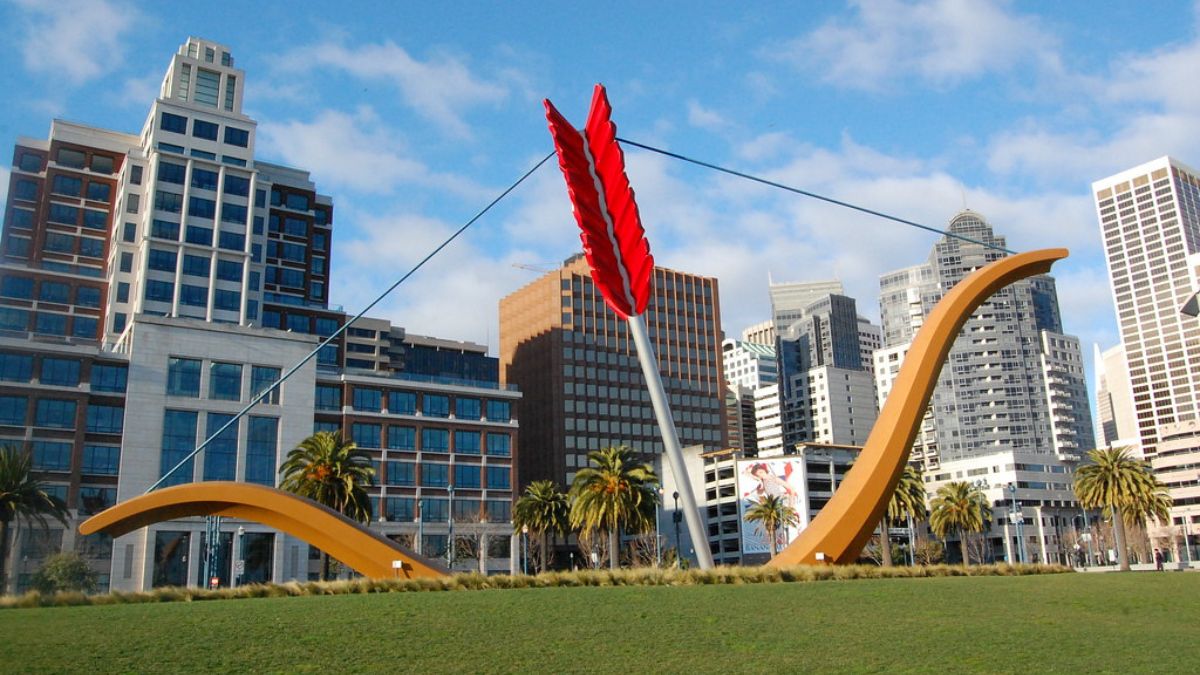Posts
Forrest Gump (Grandfather Mountain)

One of America’s most beloved films, Forrest Gump, is an epic tale of love and loss. Spanning several decades in the life of a kindhearted man with special needs, the film shows his struggles and successes as he interacts with others during iconic moments in U.S. history. Forest Gump is well-known for visual effects in which the character is inserted into historical footage. The film shows Forrest witnessing Governor Wallace blocking two African-American students from entering Foster Auditorium at the University of Alabama, meeting President Kennedy at the White House, and being awarded the Medal of Honor for his heroism in Vietnam by President Johnson.
Watch the Official 25th Anniversary Trailer from Paramount Movies:
After he is discharged from the Army, Forrest returns to his home in Alabama where he takes care of his mother until her death. Later, his love interest and childhood friend, Jenny, rejects his marriage proposal, and he runs from coast to coast in an attempt to mend his broken heart. As he gains notoriety for his long-distance journey, people begin to run with him, hoping to understand his motives and, perhaps, gain some clarity in their own lives.
Hear about the story of Grandfather Mountain:
One of the running scenes takes place on Grandfather Mountain, the highest peak in the eastern Blue Ridge Mountains. Today, a signpost marks Forrest Gump Curve, a bend in the road where Forrest comes briefly into view, followed by a small group of other runners. While Tom Hanks has the lead role in the movie, his younger brother, Jim Hanks, is his body double for the running scenes.
In addition to playing a bit part in Forrest Gump, Grandfather Mountain is a nature sanctuary and a popular, scenic recreation spot with opportunities for observing wildlife, hiking along the trails, crossing the Mile High Swinging Bridge, and taking part in daily programs and special events.
Posts
Wat Buddharangsi

Wat Buddharangsi is a Theraveda Buddhist temple, in the Thai tradition, located in Homestead, just south of Miami. It was built in 1982 to house a congregation that has been around since 1979, and it continues to expand with the South Florida Thai-American community and with an increasing number of non-Thai visitors. Visitors from many backgrounds have described the area as a peaceful and beautiful oasis in the fast-paced Miami metro, a place to meditate or just appreciate the unique grounds. The temple welcomes anyone with an interest in Buddhism and also offers a variety of religious and non-religious events.
The centerpiece of the temple is a 5-ton, 23-foot tall Buddha statue. It’s made mostly of brass but also contains copper, silver, and gold. Visitors can place a gold leaf on the Buddha’s head as a prayer for wisdom, or on the heart as a prayer for love or good health. The statue is named “PHRABUDDHADHAMMACHINARAJ” and is based on a statue with the same name in Phitsanulok, Thailand. It was created for Miami’s Thai Buddhist community in 1997 before the temple was built.
 The central Buddha statue and mediation space at Wat Buddharangsi. Photo: savoryexposure, CC BY-SA 2.0 via Wikimedia Commons.
The central Buddha statue and mediation space at Wat Buddharangsi. Photo: savoryexposure, CC BY-SA 2.0 via Wikimedia Commons.A Growing Community
The complex also includes modest apartments for about six monks who live there at a given time. Visitors can ask them for blessings, and they perform marriages and other religious ceremonies for the community.
 The Jade Buddha at Wat Buddharangsi. Photo: Douglas Jay Benson, public domain via Wikimedia Commons.
The Jade Buddha at Wat Buddharangsi. Photo: Douglas Jay Benson, public domain via Wikimedia Commons.It was designed by Nopporn Poochareon, a Thai-American general contractor and owner of Thai restaurants in Miami. Man of the materials, as well as some of the workers, were sourced from Thailand to keep the temple true to the Thai tradition.
Posts
Rockefeller Park & Greenhouse

Rockefeller Park is the largest park entirely inside Cleveland’s city limits. The park connects a string of parkland that extends from the suburb of Shaker Heights to the shore of Lake Erie. To celebrate Cleveland’s Centennial in 1896, oil tycoon John D.Rockefeller and his wife, Laura Spelman Rockefeller, pledged to deed the city 270 acres of land and donate hundreds of thousands more for the park’s beautification and upkeep—a total of $550 k in turn-of-the-century dollars! The announcement drew cheers from the Centennial celebration’s crowd, and in gratitude, the park was named in their honor.
Rockefeller Park Greenhouse
The plans to build a greenhouse on a portion of the park began in 1902, and the first building opened in 1905. Initially, the purpose of the greenhouse was solely to grow plants that could be transferred to other parks and gardens to beautify the city. Over time, the greenhouse grew to be a botanical destination on its own.
Today Rockefeller Park Greenhouse is a small, four-acre botanical garden with a wonderful assortment of specialty plants, seasonal floral displays, and themed gardens. Are you looking to explore firsthand some beautiful botanical finds? Come indoors to see the greenhouse’s cacti and orchids, an indoor water garden, a fern showhouse, and more.
In December, the gardens and greenhouse are converted into an elaborate holiday display, filled with poinsettias.
There are also six outdoor gardens. The Iris Garden is a delight in springtime. During the summer, the Latin American Garden displays succulents, flowering plants, and tropical fruits found in Central and South America. The Japanese Garden evokes a soothing, tranquil feeling through its materials, plants, and traditional Japanese design. The Mall is a manicured formal garden with statues that symbolize the four seasons, and a Peace Garden leads you through an old-fashioned gazebo to perennial, herb, and rose gardens. A highlight for all visitors, including the visually-impaired, is the Betty Ott Talking Garden. Here plants have been selected for their appeal to all the senses and are planted in raised beds that allow you to get up close to see, touch, and smell them. Descriptions are given in audio, and garden signage is both in English and Braille. As for the park, the outdoor space is filled with arching trees native to Ohio.
There is something in bloom at Rockefeller Greenhouse all year round. Admission is free, and it’s open from 10 to 4 every day, even on holidays. Its small size makes it easy to explore, and it’s often less crowded here than in some of the other parks, making it a hidden gem. Visitors enjoy escaping from cold, winter weather and getting a taste of the desert or tropics in the warm, indoor greenhouses.
More Points Of Interest
Points of interest at Rockefeller Park include the Cleveland Cultural Gardens, four architecturally historic stone bridges, and Doan Brook. The Cultural Gardens and the stone bridges are on the National Register of Historic Places. The park also offers a lagoon, picnic areas, tennis courts, playgrounds, and walks.
Posts
Cupid’s Span

Who doesn’t love love? In 2002, married artists Claes Oldenburg and Coosje van Bruggen built the Cupid’s Span installation to honor romance. Located in Rincon Park along the Embracdero, the piece shows partial images of a bow and arrow lodged in the ground. The 60-foot sculpture is made of fiberglass and steel, making it a sturdy and long-standing piece of construction.
The Meaning
For Cupid’s Span, it’s essential to know why the work of art was created. Because San Fransisco is known as the home port of Eros, Oldenburg and Bruggen saw fit to create a monument honoring this space of love and creativity. The meaning relates to Cupid, the mythological god of desire, attraction, and affection. His counterpart is Eros, signifying that Cupid’s Span unites all aspects of the myth into one giant artwork. There is also a mythological account of Eros shooting an arrow into the Earth to bring fertility. All in all, Cupid’s Span is a mythological reimagining of ancient ideas and principals.
The Inspiration
Oldenberg and Bruggen also chose to make this piece because of its similarity to the Golden Gate Bridge. While the meaning behind the work of art is more transcendental, the physical component is meant to emulate and pay tribute to the city’s famous bridge. Both works of steel and both suspended in their own way, Cupid’s Span and the Golden Gate Bridge represent the golden ideals of the city and how those can manifest when people come together to create something amazing.
-

 GENERAL1 year ago
GENERAL1 year agoDiscovering the Artistic Brilliance of Derpixon: A Deep Dive into their Animation and Illustration
-

 Posts1 year ago
Posts1 year agoSiegel, Cooper & Co.
-

 Lifestyle1 year ago
Lifestyle1 year agoPurenudism.com: Unveiling the Beauty of Naturist Lifestyle
-

 Lifestyle1 year ago
Lifestyle1 year agoBaddieHub: Unleashing Confidence and Style in the Ultimate Gathering Spot for the Baddie Lifestyle
-

 HEALTH1 year ago
HEALTH1 year agoTransformative Health Solutions: Unveiling the Breakthroughs of 10x Health
-

 Entertainment1 year ago
Entertainment1 year agoGeekzilla Podcast: Navigating the World of Pop Culture, Gaming, and Tech
-

 Entertainment1 year ago
Entertainment1 year agoKhatrimaza Unveiled: Exploring Cinematic Marvels and Entertainment Extravaganza
-

 Lifestyle9 months ago
Lifestyle9 months agoSandra orlow: Unraveling the Story of an Iconic Figure
